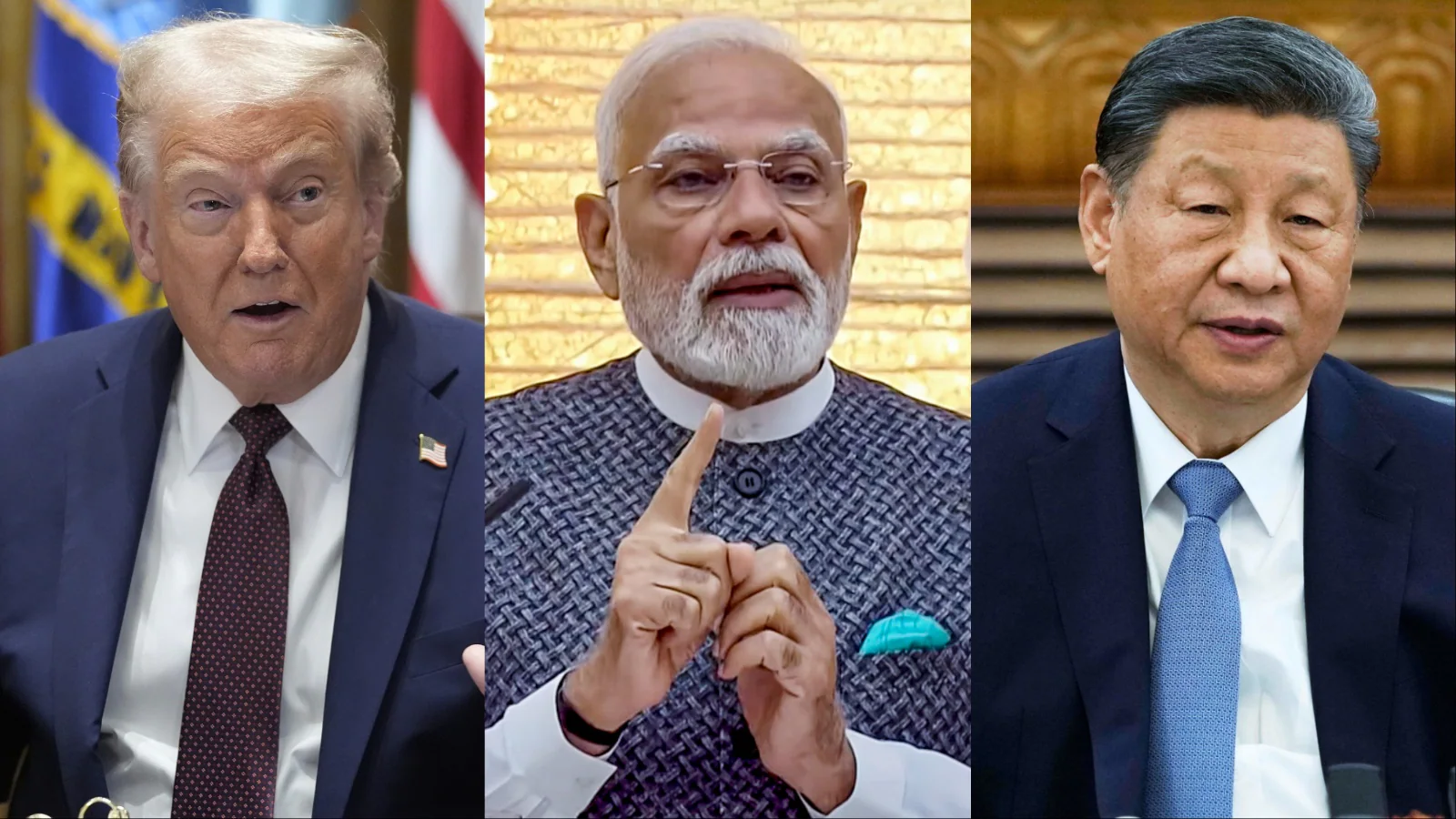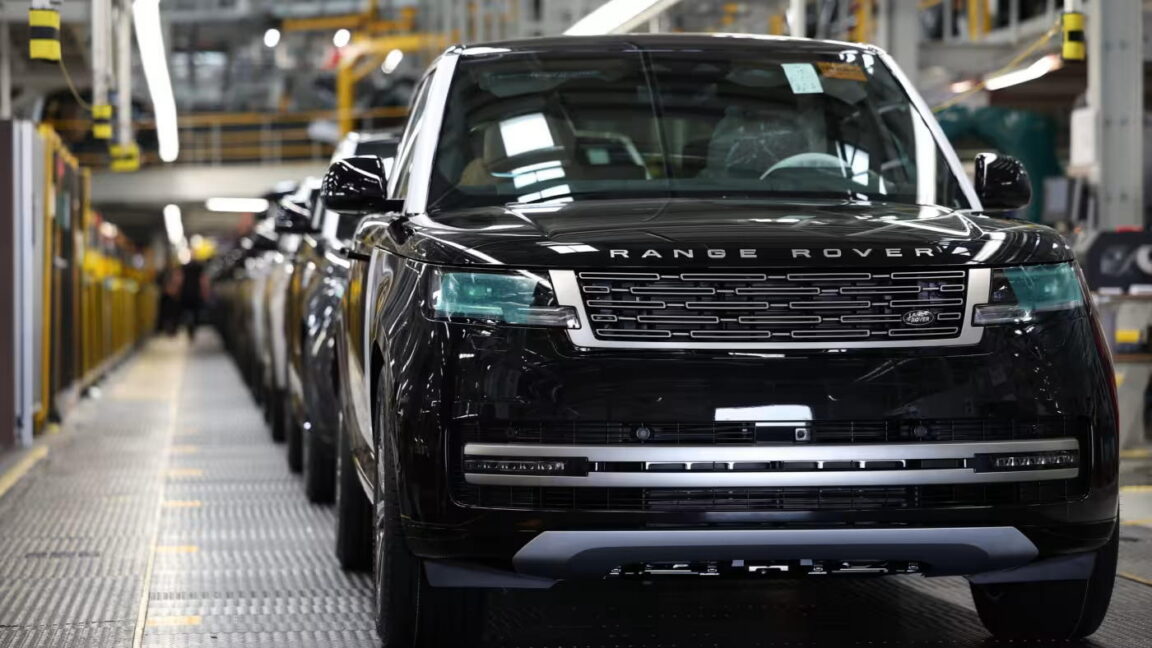Copyright news18

Donald Trump is furious. After Beijing tightened its rare earth export restrictions in October, the US President went on a tirade, threatening to slap a 100 per cent tariff on all Chinese goods. “We’ll have so much critical minerals and rare earths that you won’t know what to do with them,” he declared later, fresh from signing an $8.5-billion rare earth deal with Australia. But behind the bluster lies panic: a recognition that China’s grip over the global supply of these critical minerals is once again strangling the world’s most advanced economies. Beijing’s latest curbs have gone far beyond simply limiting exports of raw materials. In April this year, China placed seven rare earth elements under export licensing, and in October, it expanded the list to include five more, including holmium, erbium and europium, while also extending controls to the equipment and technology used to mine, refine, and manufacture magnets. It’s a sweeping move that doesn’t just block supplies to the US but also prevents other countries from acting as alternative routes to ship rare earths to America. Washington’s anxiety stems from this deeper reality: China isn’t merely restricting exports, it’s ring-fencing the entire ecosystem from mines and processing plants to the machinery that makes the refining possible. And with a monopoly, China’s move is akin to a military blockade that threatens economies of not just one nation, but the whole world. For decades, China has been the invisible engine of the world’s high-tech economy, processing over 90 per cent of global rare earths and producing nearly all of the world’s high-performance magnets. These materials power the modern world from electric vehicle motors and wind turbines to smartphones, satellites, fighter jets and missile guidance systems. The irony is that rare earths aren’t actually rare. They’re found across continents, including in India, Australia, and the United States. What’s rare is the expertise, scale, and infrastructure to refine and separate them and that’s where China’s dominance is absolute. It is not hard to stumble upon “rare earth reserves”, but it is hard to start mining those rare earths, and doubly hard to refine them—a process that demands technological expertise, not to mention the environmental cost addressing which can rake up overall costs even more. China invested early in rare earths with a higher tolerance for the associated toxicity and the West was happy to outsource that dirty work. That is why when Beijing announces a new export restriction, global manufacturers immediately feel the tremors. EV makers scramble for dysprosium and terbium, key ingredients in motor magnets. Aerospace firms worry about supply chains. And Washington is forced to confront the chilling reality that its industrial base, from clean energy to defence, depends on the approval of Chinese bureaucrats issuing export licences thousands of miles away. It’s not the first time China has flexed its muscles. Back in 2010, during a maritime dispute with Japan over the Senkaku islands, Beijing quietly suspended rare earth exports to Tokyo. At the time, the world barely noticed. Trump’s administration is scrambling to respond. His deal with Australia aims to build a new supply chain independent of Beijing, with Canberra emerging as a crucial player holding roughly 3 per cent of the world’s reserves. But Australia’s processing capacity is still limited, and its projects will take years to mature. Meanwhile, China’s state media has already warned that any Australian “alignment with US containment strategies” would provoke consequences. Trump’s rhetoric may sound muscular, but in practical terms, replacing China’s midstream dominance: the refining, separating, and magnet-making will take much of the next decade. ASEAN countries are positioning themselves as potential players in this mineral race. The bloc has unveiled the “ASEAN Minerals Development Vision 2045”, a long-term roadmap to strengthen exploration, refining, and recycling. Vietnam, with significant reserves and US technical assistance, is trying to scale up production. Malaysia, through Lynas Corporation, is already set to become the only heavy rare earth separation hub outside China by mid-2025. Indonesia and the Philippines are exploring new projects, while Myanmar’s deposits remain trapped in civil conflict. The opportunity is immense, but so are the hurdles from weak environmental standards and financing gaps to political instability in resource-rich regions. For India, this evolving battle presents both a strategic opening and a delicate balancing act. New Delhi knows it cannot miss this moment. Under the National Critical Mineral Mission 2025, the government has fast-tracked exploration and mining projects across coastal states like Kerala, Tamil Nadu, Odisha, Andhra Pradesh, and Gujarat—areas rich in monazite sands that contain rare earth oxides. India may contribute less than one per cent of global production today, but it holds around six per cent of the world’s known reserves. The mission’s goal is clear: move beyond exporting raw materials and build a full domestic value chain—from extraction to processing to high-end magnet manufacturing. A key breakthrough came earlier this year when the US removed India’s state-owned IREL Limited from its export control list, paving the way for deeper cooperation. IREL’s upcoming Visakhapatnam facility, set to produce samarium-cobalt magnets domestically, could make India one of the few non-Chinese nations with independent magnet production capacity. Meanwhile, the government-backed joint venture KABIL (Khanij Bidesh India Ltd.) is securing mineral assets abroad, while India’s entry into the US-led Mineral Security Partnership (MSP) positions it at the heart of new global supply networks. Yet, the challenges are formidable. China’s dominance was not built overnight. It spent decades investing in high-risk refining technology, tolerating environmental costs others shunned, and vertically integrating mining, processing, and manufacturing. India is now playing catch-up in all three stages. Building a single separation plant can take years and cost hundreds of millions of dollars. Environmental clearances, technology transfer, and skill development all remain bottlenecks. Still, India has a unique edge and that is timing and trust. As the world seeks to diversify away from China, New Delhi can offer stability, transparency, and strategic reliability, all the qualities investors crave. The government’s push for recycling magnet scrap and industrial waste under its NCMM targets 400,000 tonnes by 2030—a quiet but critical hedge against external shocks. India’s partnerships with Japan, South American nations, and the possibility of opportunities in Afghanistan, collaboration with Russia, all show India’s willingness to cast the net far and wide to secure rare earth supply and undercut Chinese monopoly which will only be leveraged even more in the midst of its rivalry with the US. At the same time, ASEAN’s evolving ecosystem offers New Delhi a bridge. By partnering with Vietnam, Malaysia, and Indonesia, India can secure agreements for heavy rare earths and integrate into regional supply chains without provoking Beijing directly. It’s a form of strategic hedging blending hard resilience at home with soft alignment abroad. India’s policymakers know that over-dependence on any one bloc, whether China or the US, could undercut the very autonomy they seek. The broader lesson here is sobering. China’s control over rare earths is not just about minerals but about power. Every smartphone, vehicle, satellite, and missile depends on them. Every clean-energy dream, from solar to wind, runs through them. In this race for the minerals of the future, India’s goal must be clear: to ensure that no export licence signed in Beijing can halt a production line in Pune or Bengaluru. It’s not just about the economy anymore. The rare earth game of 2025 has shown that these minerals also buy diplomatic and geopolitical leverage. A nation that can trade in rare earths freely is, by default, a more powerful one.



